18 Wild Animals in South Korea [Wildlife in South Korea]
Want to know more about the wildlife in South Korea?
Discover 18 wild animals in South Korea in this post, as well as interesting facts about them. 🇰🇷
Learn All About South Korean Animals
Ready to learn all about South Korean animals?
I’ve always been fascinated by animals, and by how they can be so different from one country to another. In this guide, we’ll focus on the many animals South Korea has on the land, in the sky, and underwater.
I’ve split the guide into 4 categories:
- Native animals from South Korea
- Endangered animals of South Korea
- What is the South Korea national animal?
- How many animals native to South Korea?
Let’s dive in right away with our first category!
Native Animals from South Korea
South Korea is an Asian country located in the eastern part of the continent, between the Yellow Sea and the Sea of Japan. It has been inhabited for thousands of years, has the third-highest life expectancy in the world, is one of the Four Asian Tigers, and is the world’s ninth-largest exporter and importer. It is only bordered by North Korea to the North, and its capital and largest city is Seoul, which counts more than 9,765,000 inhabitants.
An interesting part of the country that I wanted to tackle is its wildlife. In light of that, I have listed the best of it, and I hope you will love learning what animals live in South Korea.
Here’s the South Korea animals list.
1. East Asian finless porpoise
- Name: East Asian finless porpoise
- Scientific name: Neophocaena sunameri
- Conservation status:
South Korea is almost entirely surrounded by water, and it definitely has incredible marine wildlife such as the East Asian finless porpoise.
This porpoise is native to the East China Sea, the seas around Japan, and the Yellow Sea. Locally known as “sanggwaengi” in South Korea, it inhabits coastal areas and stays in shallow water up to 50 m / 160 ft deep. When it comes to feeding, the East Asian finless porpoise eats fish, squid, and shrimp.
2. Hodgson’s bat
- Name: Hodgson’s bat
- Scientific name: Myotis formosus
- Conservation status:
Hodgson’s bat, also known as the black-and-orange myotis or the copper-winged bat, is a species of vesper bat found throughout East, Southeast, and Central Asia. It has a yellowish coloration and is only about 5 cm / 2 in length.
This bat is an insectivore, and needs about a week after being born to take short flights; before that, it stays hidden in the roost while its mother brings it food. Although Hodgson’s bat has a very wide range, it is seriously threatened by pesticide use and deforestation: some colonies have declined by more than 90 percent!
3. Red-crowned crane
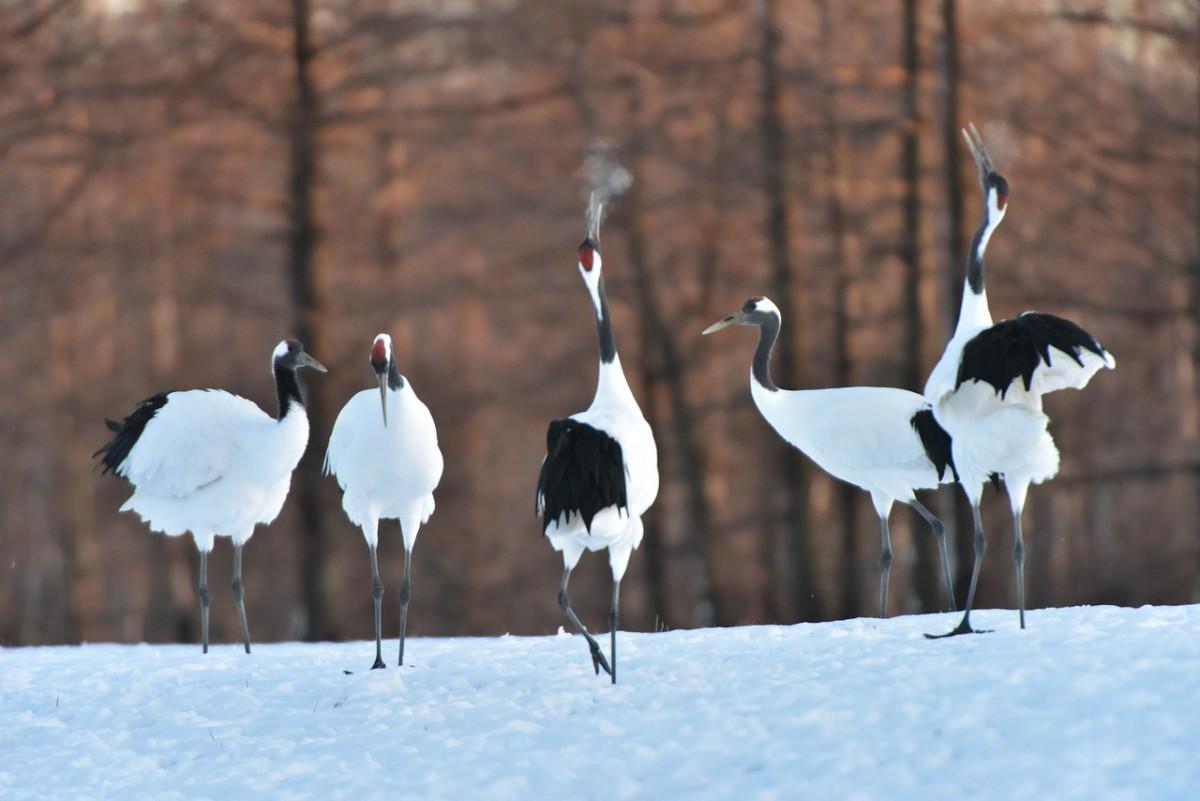
- Name: Red-crowned crane
- Scientific name: Grus japonensis
- Conservation status:
The red-crowned crane, also known as the Japanese crane or the Manchurian crane, is a species of crane found around the Imjin River in South Korea, but also in the neighboring countries of Japan, North Korea, Russia, and China.
This crane is pretty big, with an average height of 1.5 m / 5 ft, and it does not have any natural predators within its wintering ground. However, it is considered vulnerable to extinction because of low numbers, and it has been designated a natural monument and a first-class endangered species in South Korea.
4. Asian black bear
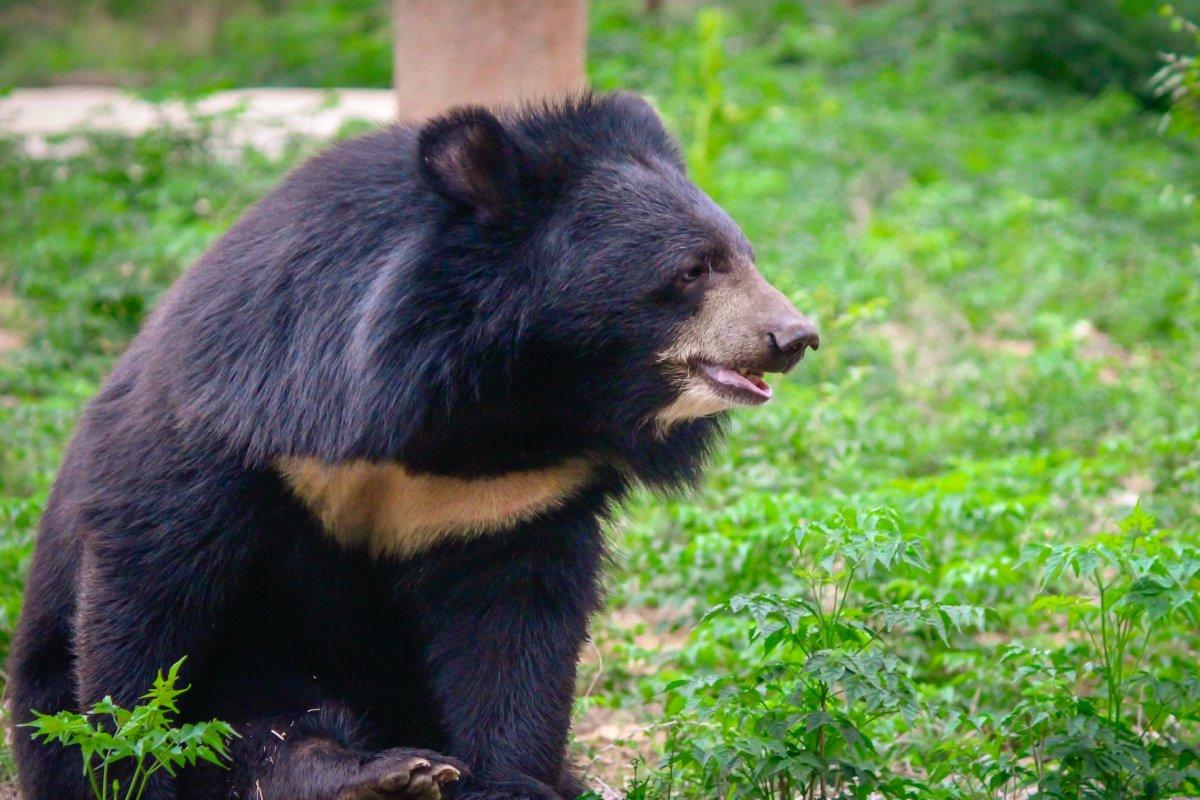
- Name: Asian black bear
- Scientific name: Ursus thibetanus
- Conservation status:
The Asian black bear, also known as the white-chested bear, the Asiatic black bear, or the moon bear, is a medium-sized species of bear native to Asia. It can be found in Iran, the Himalayas, the Indian subcontinent, the Korean Peninsula, the Russian Far East, China, Japan, and Taiwan.
This bear is seriously endangered by deforestation and poaching for its body parts, used in traditional medicine. Its population in South Korea is small, and the country is one of two to allow bear bile farming legally.
5. Golden eagle

- Name: Golden eagle
- Scientific name: Aquila chrysaetos
- Conservation status:
The golden eagle is a large species of bird of prey found throughout much of the Northern Hemisphere. It is one of the most widespread eagles in the world and is also very well-known. Since Ancient Aztec times, the golden eagle has fascinated cultures and has been revered.
In South Korea, it can be found all around the country, and it inhabits semi-open and open areas, away from agricultural lands and urban areas.
6. Leopard cat
- Name: Leopard cat
- Scientific name: Prionailurus bengalensis
- Conservation status:
The leopard cat is a small species of wild cat native to southern, southeastern, and eastern Asia. It is the only cat species found in South Korea, and it lives in the mountainous regions of the country.
This felid, although listed as least concern, is threatened by hunting and habitat loss. It is about the same size as a domestic cat, and it feeds on a wide variety of prey such as small mammals, lizards, birds, insects, and amphibians.
7. Siberian musk deer
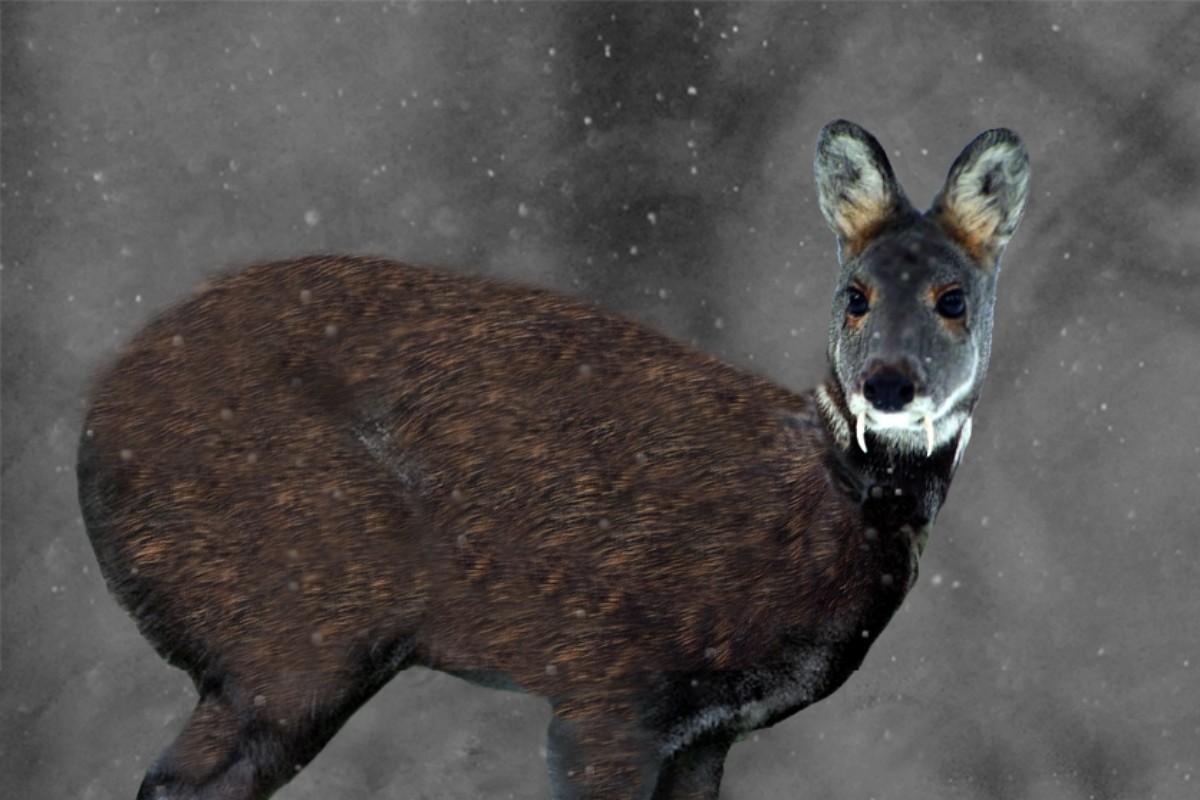
- Name: Siberian musk deer
- Scientific name: Moschus moschiferus
- Conservation status:
The Siberian musk deer is a species of musk deer native to northeastern Asia. It is found as far south as South Korea, where it is restricted to Mokpo in South Jeolla Province, in the southeastern part of the country.
The characteristic and unusual feature of this mammal is its fangs, which are definitely peculiar considering the animal is herbivorous. The Siberian musk deer faces heavy poaching, its main threat, not for its fangs but for its musk gland.
8. Mongolian wolf
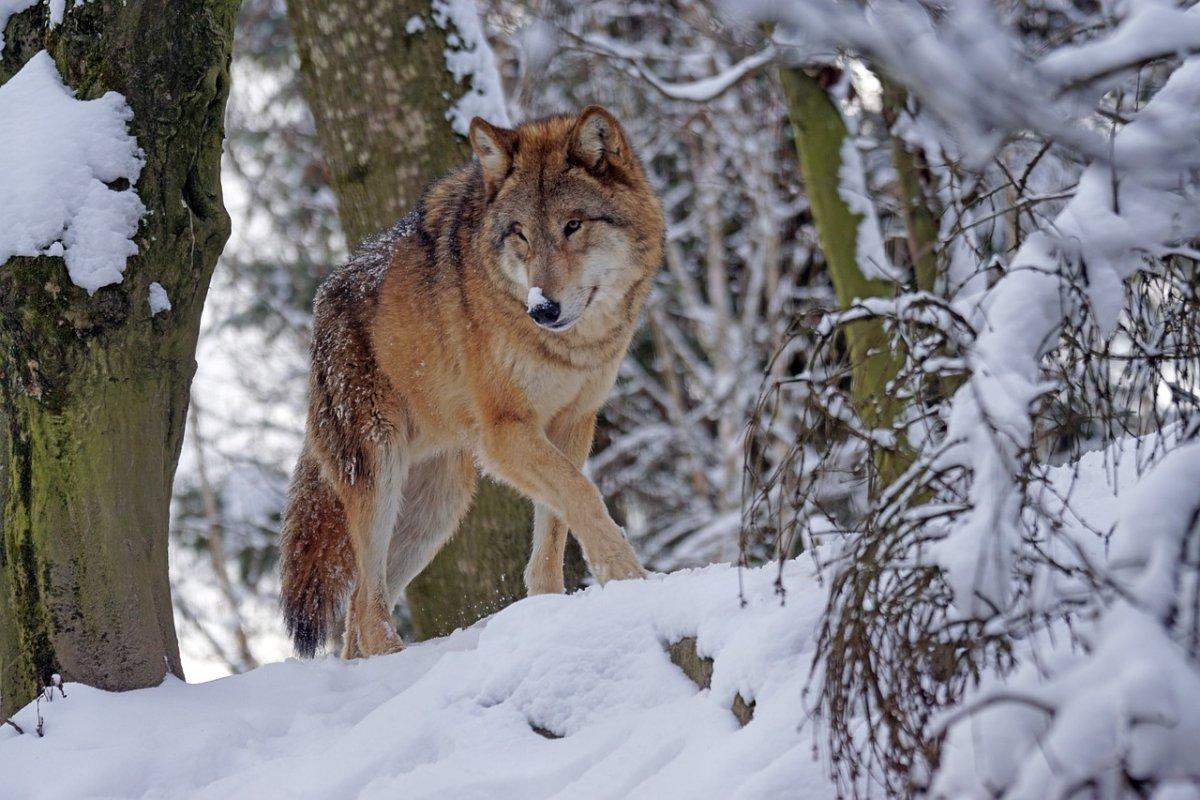
- Name: Mongolian wolf
- Scientific name: Canis lupus chanco
- Conservation status:
The Mongolian wolf is a subspecies of the gray wolf native to Mongolia, but also to China, Korea, and Russia. It lives in 3 South Korean provinces: North Gyeongsang Province, North Chungcheong Province, and Gangwon Province. It is similar in appearance to the gray wolf but has shorter legs, and its fur is short and fulvous.
This wolf is not particularly dangerous, as it is scared of humans. In Mongolia, it is heavily hunted for its fur, and it is known as the “sheep’s assassin”.
9. Harbor seal
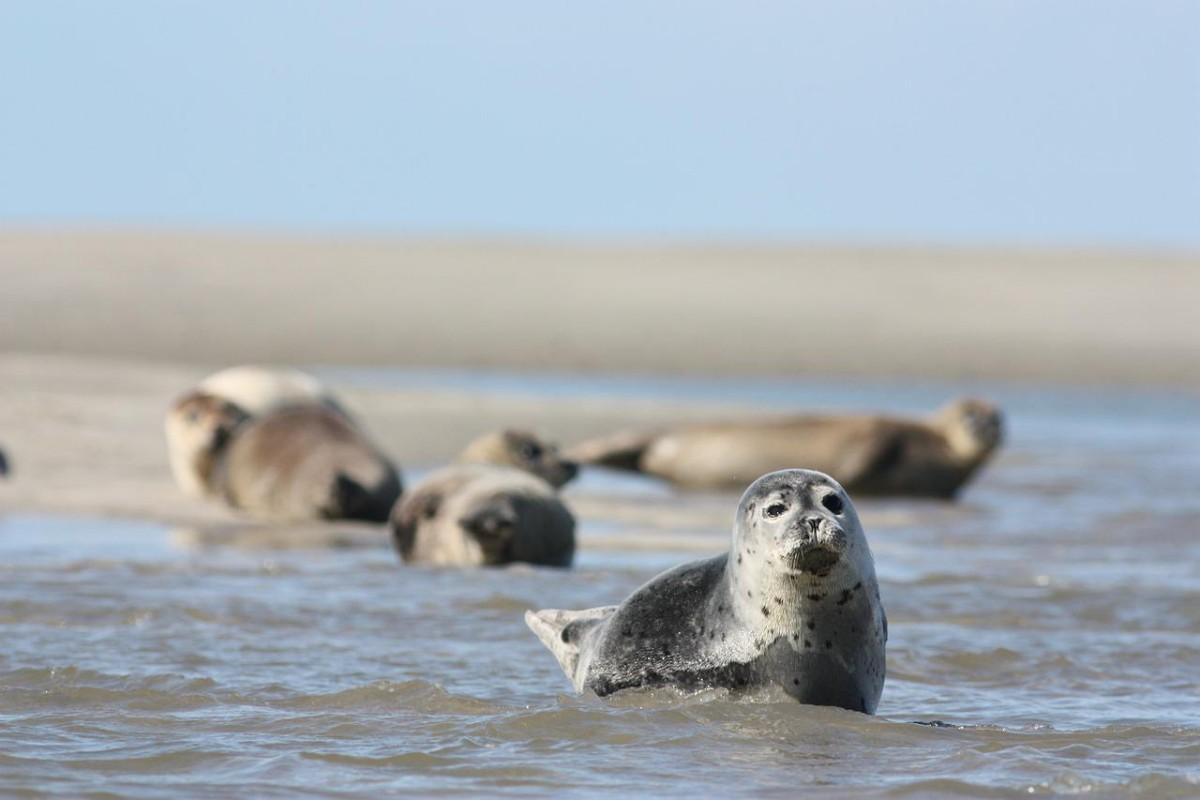
- Name: Harbor seal
- Scientific name: Phoca vitulina
- Conservation status:
The harbor seal, also known as the common seal, is a species of seal native to temperate and Arctic marine coastlines of the Northern Hemisphere: it can be found in North America, northern Europe, and northeastern Asia.
There are about 350,000 to 500,000 harbor seals worldwide, and since sealing is now illegal in many nations within their range, they are thriving. These seals feed on migratory fish such as salmon and shad.
10. Long-tailed goral
- Name: Long-tailed goral
- Scientific name: Naemorhedus caudatus
- Conservation status:
The long-tailed goral, also known as the Amur goral, is a species of ungulate native to northern and eastern Asia, which includes the Korean Peninsula, extreme eastern Russia, and northeastern China. It is classified as vulnerable to extinction on the whole but endangered in South Korea, where it is considered a natural monument.
This bovid inhabits high elevations with dry, rocky, cliff-ridden, and steep mountains. It makes its home near cliffs with small crevices and few plants, where it can hide from danger.
11. Japanese sea lion
- Name: Japanese sea lion
- Scientific name: Zalophus japonicus
- Conservation status:
The Japanese sea lion is an extinct species of sea lion native to the Sea of Japan, particularly around the Japanese archipelago and the Korean Peninsula. It disappeared during the 1970s, and was closely related to the California sea lion; because of this, South Korea announced that it, alongside Russia, North Korea, and China, would bring back other sea lions to the former range of the Japanese sea lion.
The reason for the Japanese sea lion to go extinct was overhunting for commercial purposes.
12. Common raccoon dog
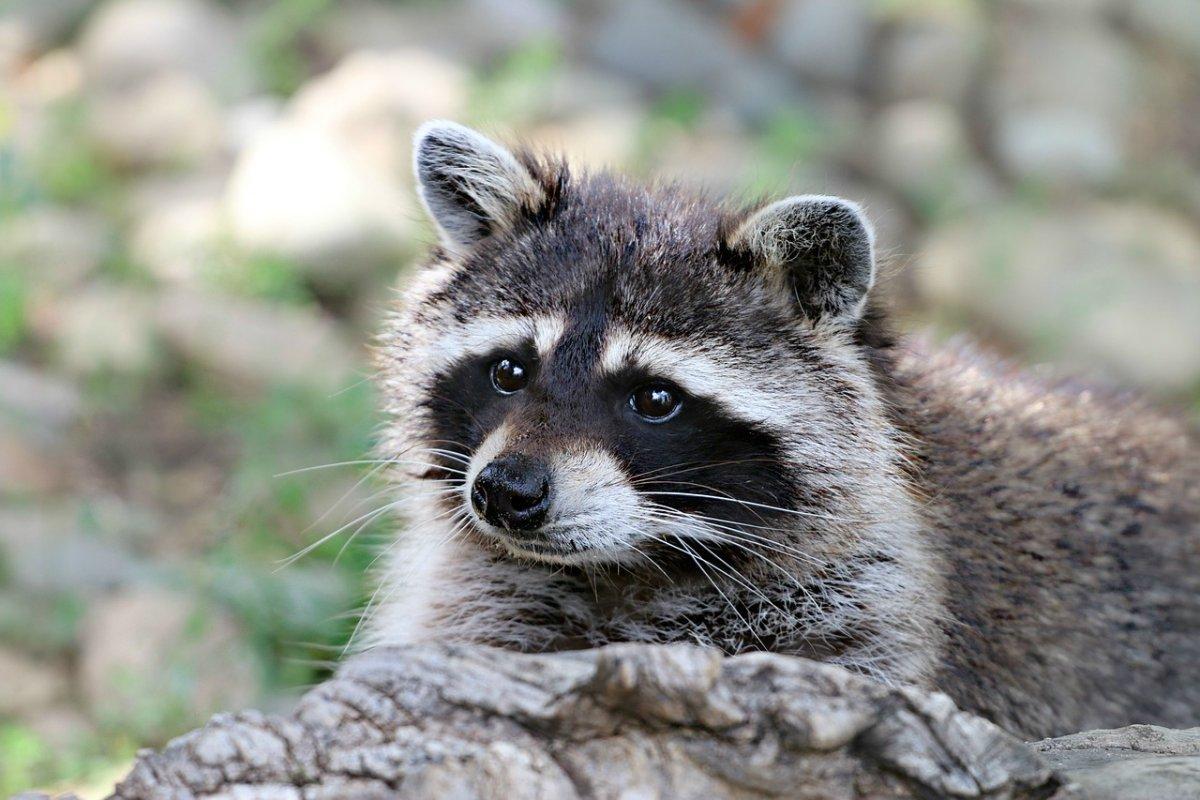
- Name: Common raccoon dog
- Scientific name: Nyctereutes procyonoides
- Conservation status:
The common raccoon dog, also known as the Asian raccoon dog, the Chinese raccoon dog, or locally as the neoguri, is a species of canid native to eastern Asia and introduced to much of the northern half of Europe, mainly due to the fur trade.
Despite its name and its striking resemblance with a raccoon, the raccoon dog is actually a canid, closely related to the fox. Depending on the area of its range, it is sometimes considered an invasive species.
13. Gray whale
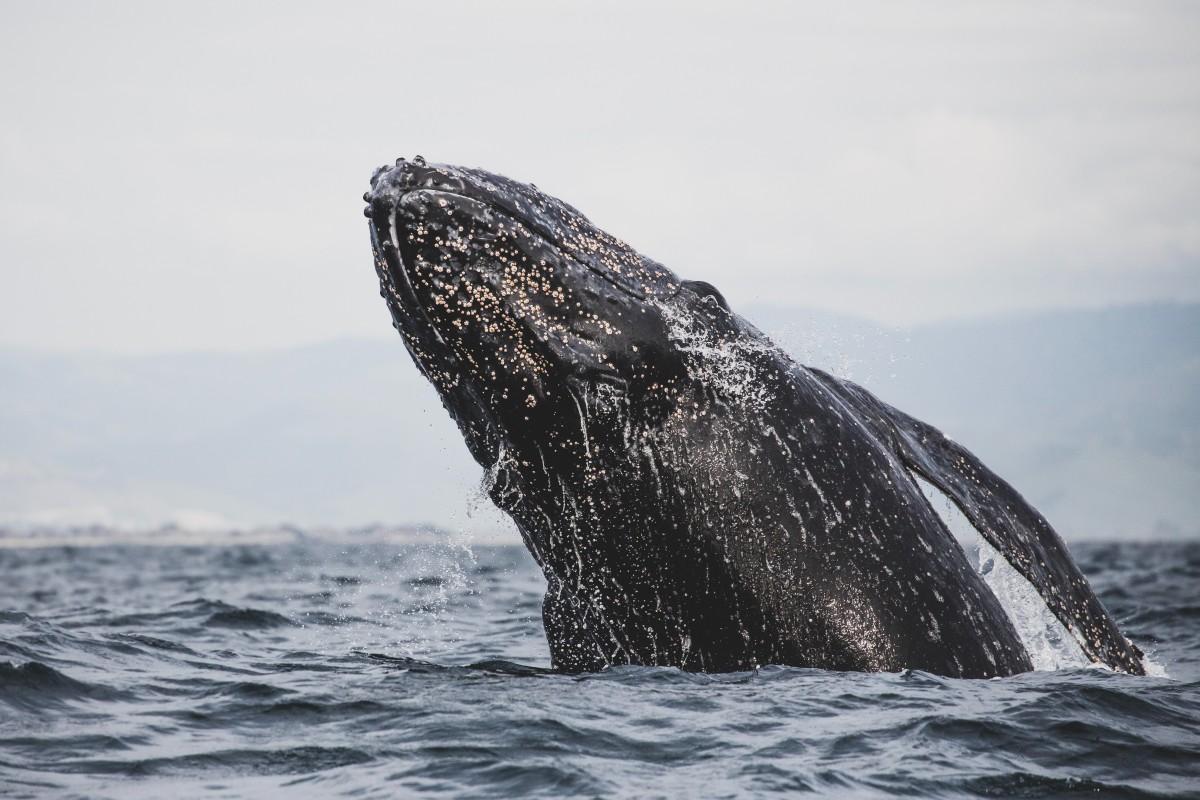
- Name: Gray whale
- Scientific name: Eschrichtius robustus
- Conservation status:
The gray whale, also known as the Pacific gray whale, the Korean gray whale, or the California gray whale, is a species of baleen whale found around the western coast of North America and the eastern coast of Asia, primarily in South and North Korea, Russia, China, the United States, and Canada.
This whale can reach a length of up to 14.9 m / 49 ft and a weight of up to 41 tonnes / 90,000 lb, and live up to 80 years! It migrates every year between its breeding and its feeding grounds.
14. Cinereous vulture
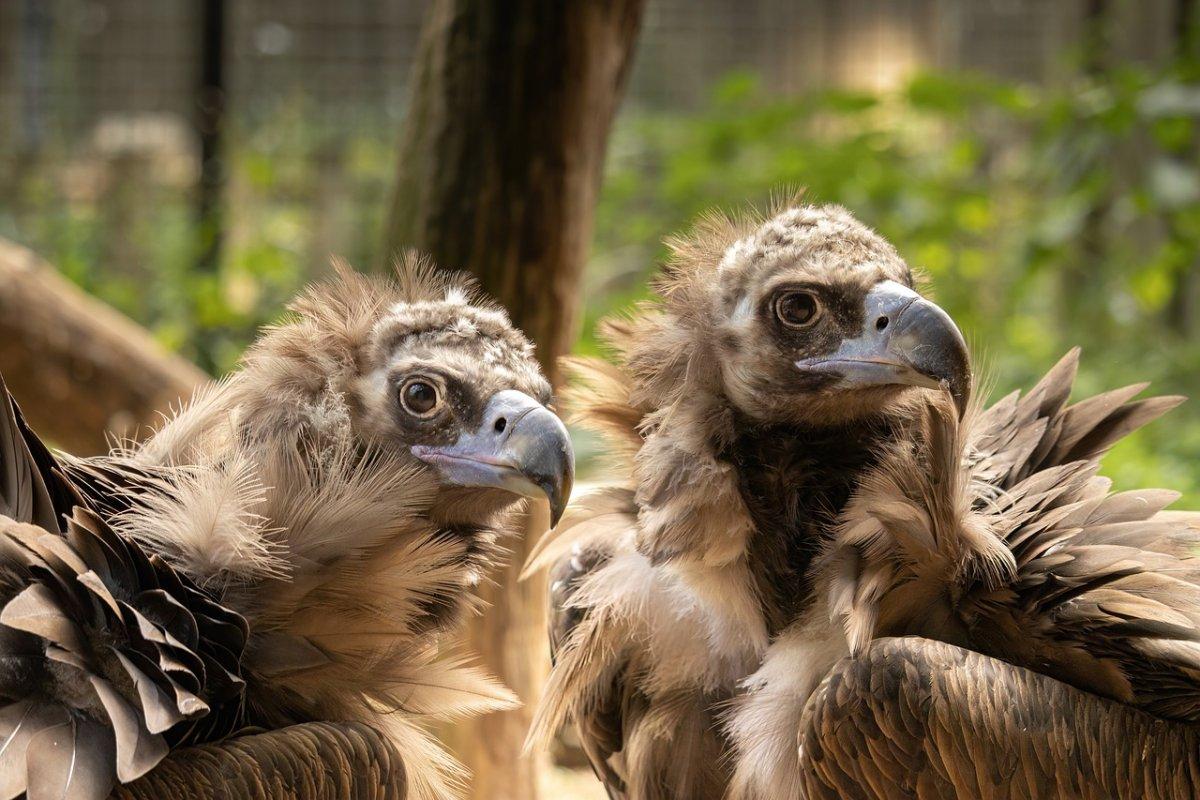
- Name: Cinereous vulture
- Scientific name: Aegypius monachus
- Conservation status:
The cinereous vulture, also known as the black vulture, the monk vulture, or the Eurasian black vulture, is a large species of raptor native to much of temperate Eurasia, from the Iberian Peninsula in the west to the Korean Peninsula in the east.
This vulture is one of the largest Old World vultures, with a length of 3.1 m / 10 ft across the wings, and weighing as much as 14 kg / 31 lb.
15. Amur hedgehog
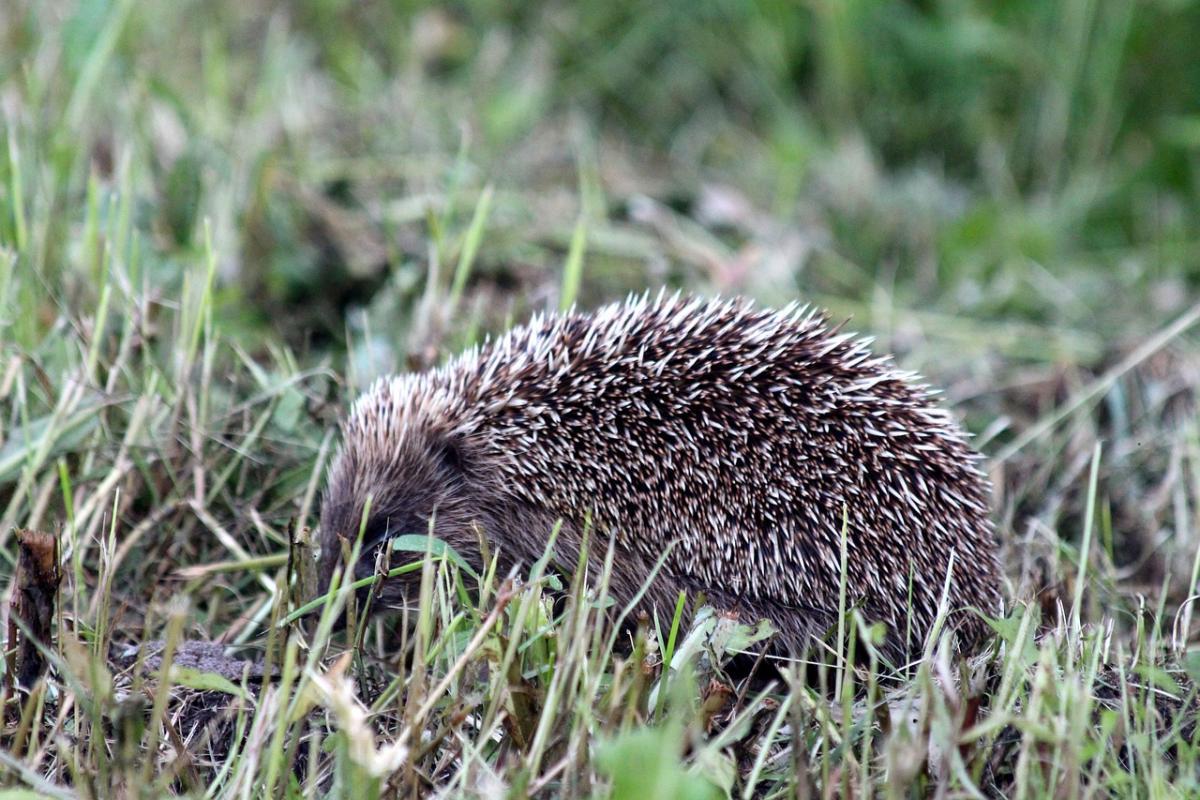
- Name: Amur hedgehog
- Scientific name: Erinaceus amurensis
- Conservation status:
The Amur hedgehog, also known as the Manchurian hedgehog, is a species of hedgehog native to eastern Asia. It can be found all around the Korean Peninsula, but also in Russia and China, and it makes a peculiar pig-like grunt when foraging.
This hedgehog is almost always solitary, except during mating season. It is a nocturnal mammal that emerges at night to feed on small invertebrates such as fly larvae, centipedes, snails, frogs, and earthworms, but also fruit and mice.
16. Korean hare
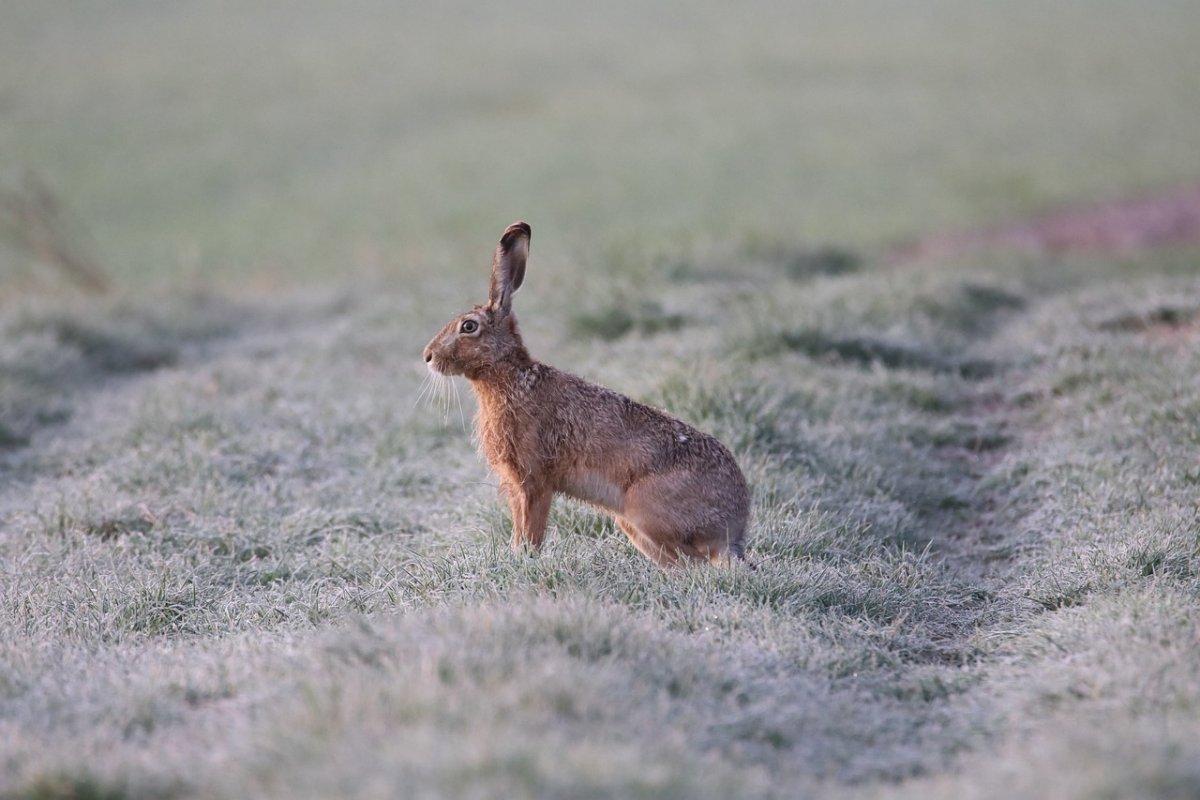
- Name: Korean hare
- Scientific name: Lepus coreanus
- Conservation status:
The Korean hare is a species of hare native to the Korean Peninsula, and parts of northeastern China. It inhabits a wide variety of areas, from cultivated land to remote mountainous forests. Although the color of its fur largely varies depending on the individual, it is most of the time liver brown.
Although the trend of the Korean hare population is unknown, it is considered of least concern because of its seemingly large numbers.
17. Red squirrel
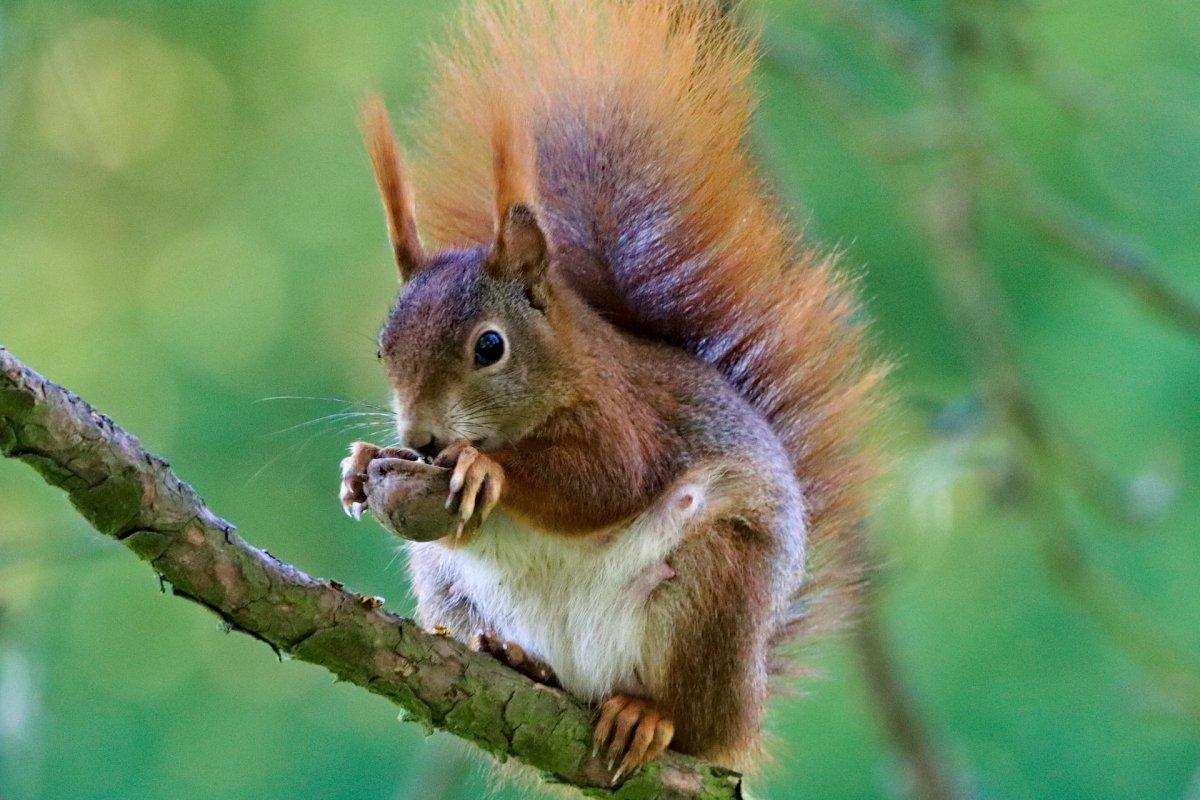
- Name: Red squirrel
- Scientific name: Sciurus vulgaris
- Conservation status:
The red squirrel is a species of tree squirrel found throughout Europe and Asia, where it is very common. Easy to spot, it is an arboreal rodent and a herbivorous mammal.
This squirrel suffers from its competition with its North American counterpart, the gray squirrel, in areas in which it was introduced. This is why it is not present in the New World. Other than that, the red squirrel is under no threat whatsoever.
18. Dwarf sperm whale
- Name: Dwarf sperm whale
- Scientific name: Kogia sima
- Conservation status:
The dwarf sperm whale is a species of sperm whale native to temperate and tropical oceans around the world. It inhabits continental slopes and shelves, and is, as its name suggests, a small whale, with a maximum length of 2.7 m / 8 ft 10 in.
This whale is a suction feeder which mainly feeds on squid, and stays in pods of up to 4 individuals. Its natural predators are the great white shark and the killer whale.
—
So there you have them, these were my 18 native animals of South Korea. I hope you enjoyed this list and that you learned something new today.
In case you want to learn more about South Korea wildlife, feel free to keep reading, as I still have lots of things to tell you about:
Endangered Animals of South Korea
This is definitely the saddest part of the list, but it is very important to raise awareness. Because of this, let’s go through the list of endangered animals in South Korea.
Here are the animals in danger of extinction in South Korea.
- Japanese sea lion
- Crested shelduck
- Siberian crane
- Chinese crested tern
- Chinese sturgeon
- Baer’s pochard
- and 11 more…
- Oriental stork
- Asian crested ibis
- Japanese eel
- Black-faced spoonbill
- Japanese white crucian carp
- and 39 more…
To see the full list of endangered species in South Korea, head over to the International Union for Conservation of Nature’s Red List.
What is the National Animal of South Korea?
The national animal of South Korea is the Korean tiger.
A while ago, the Korean Peninsula used to be home to a large population of beautiful tigers. The peninsula was once feared and respected as it was seen as the guardian of the animals. Some legends even say that the peninsula as a whole is shaped like a tiger.
South Korea is known as the “Land of Tigers”, and the animal has always had an important role in Korean culture and history, especially in the Legend of Dangun, which tells the tale of the creation of the Korean civilization.
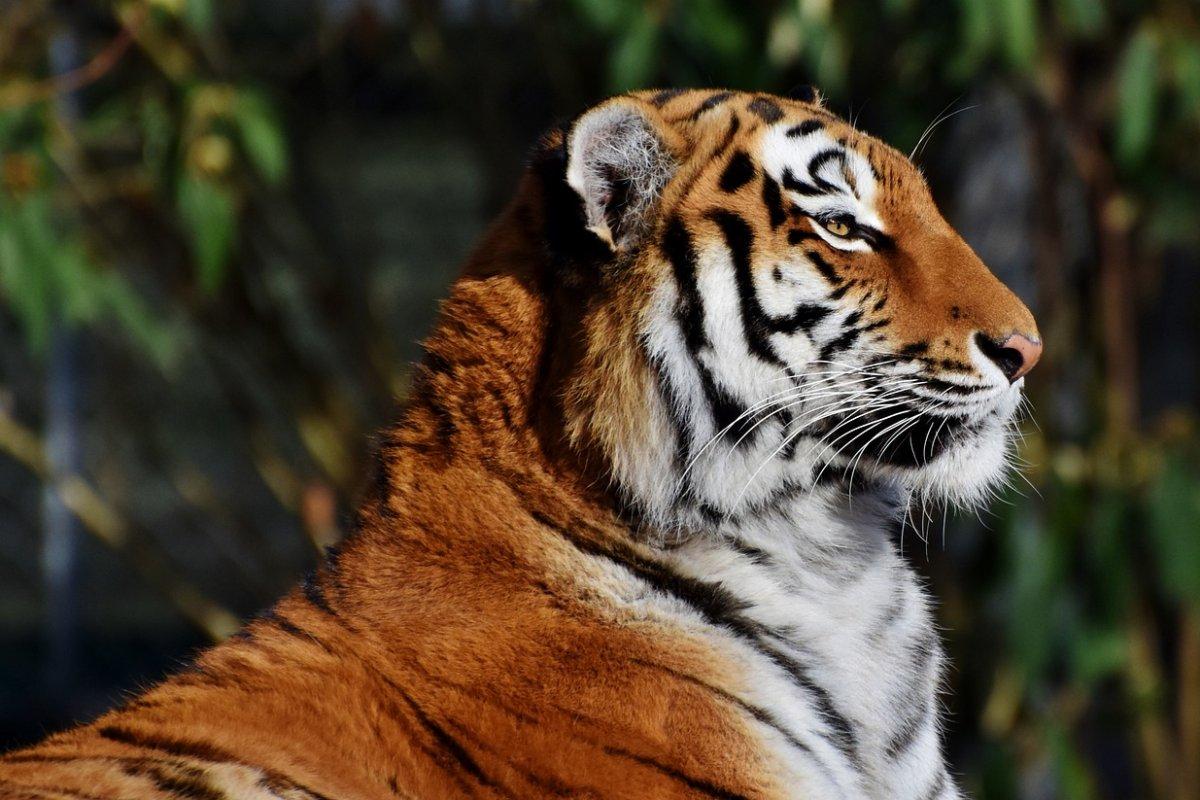
How Many Animals Native to South Korea?
What is the diversity of native animals in South Korea?
Let’s look at the total number of species of Chordata (mammals, birds, fishes, and reptiles).
Total number of animal species in South Korea: 1,465 (7,035 in total in East Asia)
More About Animals in the World!
Loved these South Korea animal facts? Want to see what animals live in other countries?
Then check out these posts:
Or click here to see ALL the facts up on the blog! Spoiler alert: there’s A LOT of them.
Share the knowledge! Click on the buttons below to share information about these famous animals found in South Korea with your friends, and help them learn more about the world 🙂
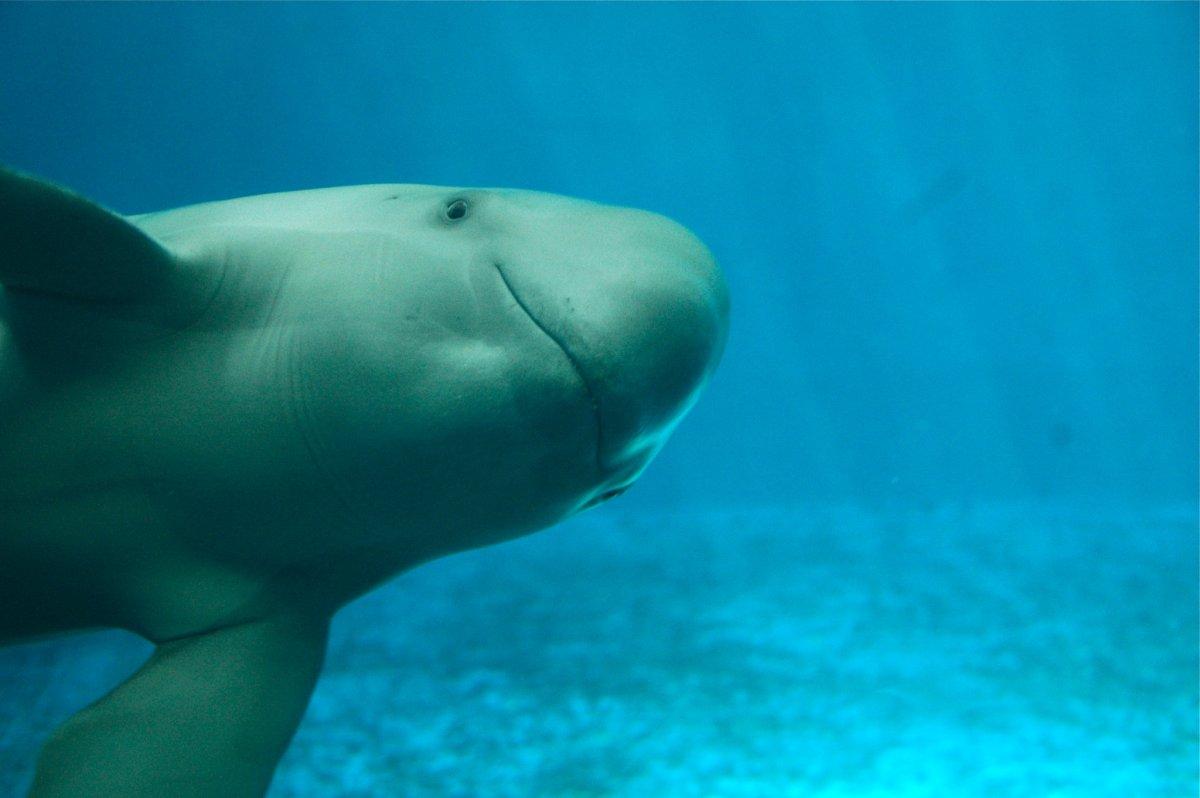
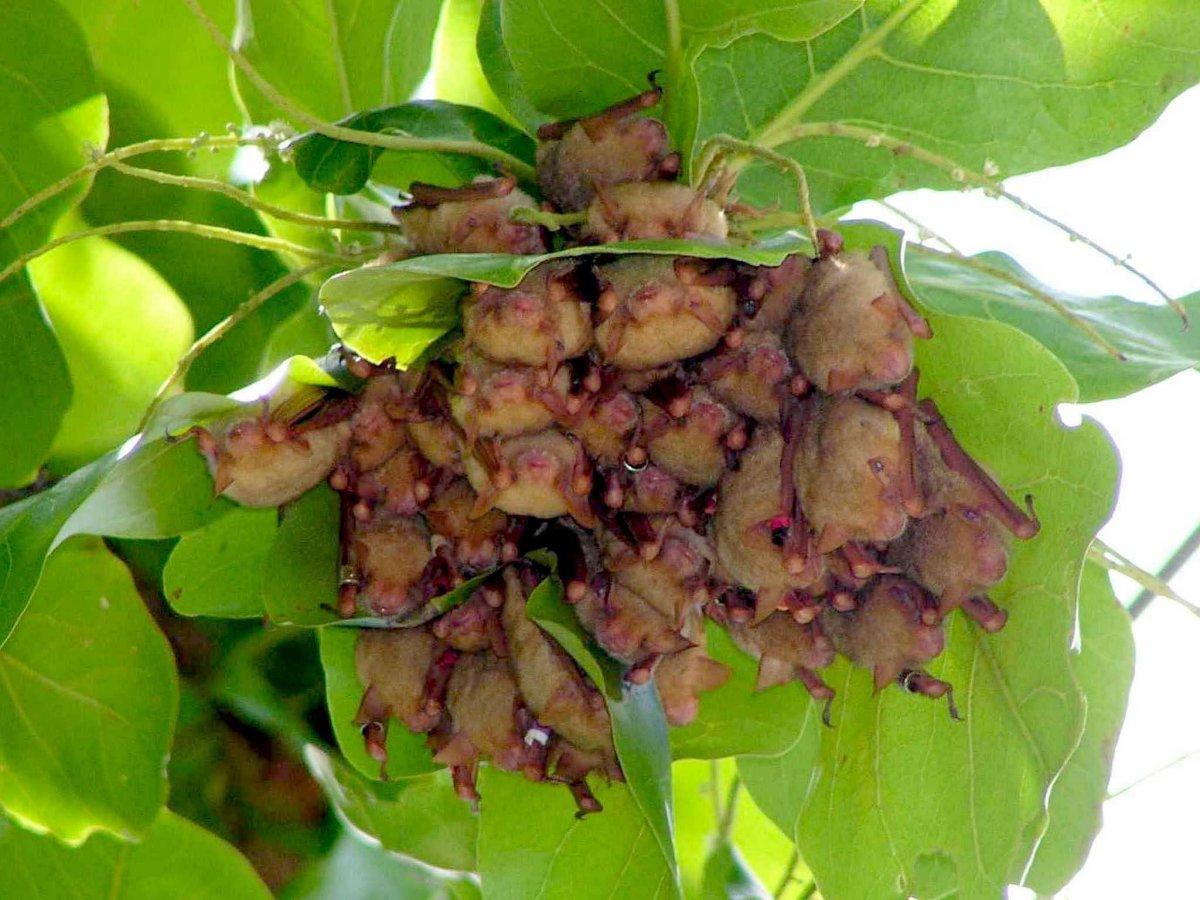
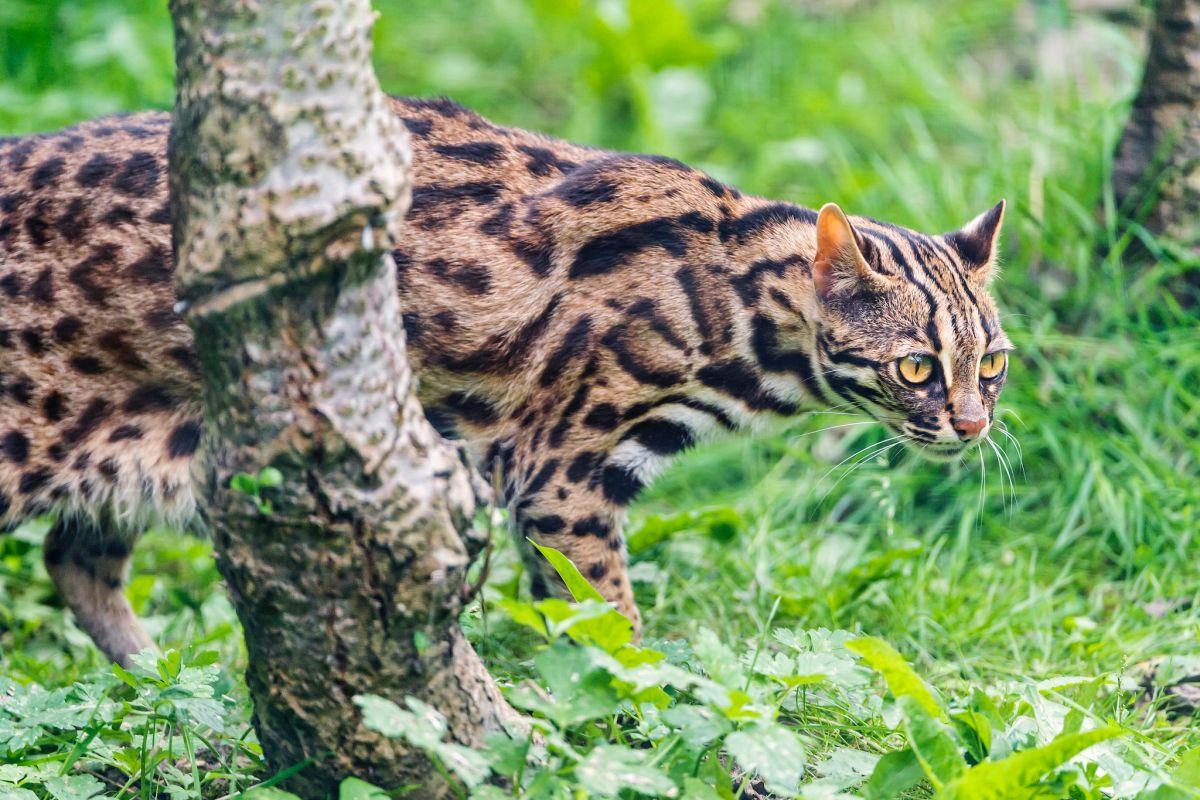
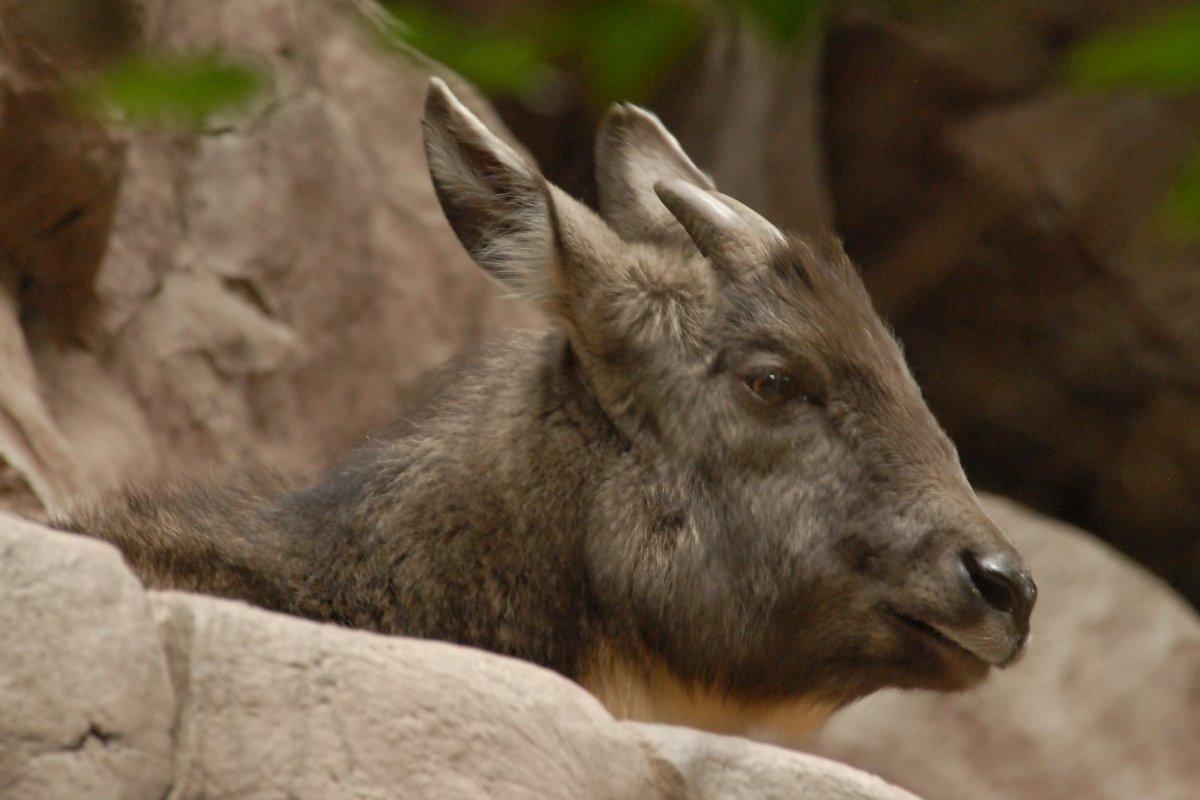
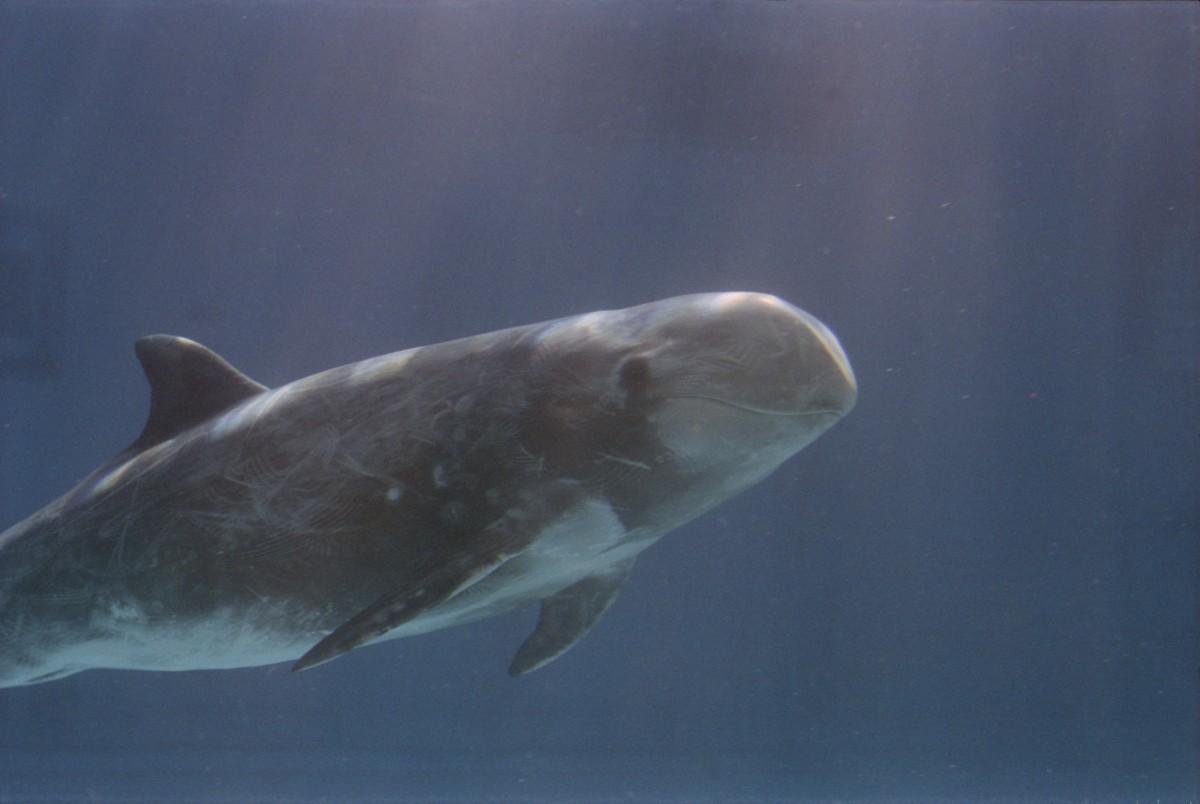

![21 Wild Animals in Switzerland [Wildlife in Switzerland]](https://www.kevmrc.com/wp-content/uploads/2022/11/21-wild-animals-in-switzerland.jpg)
![10 Wild Animals in Bahrain [Wildlife in Bahrain]](https://www.kevmrc.com/wp-content/uploads/2022/06/10-wild-animals-in-bahrain.jpg)
![30 Wild Animals in Russia [Wildlife in Russia]](https://www.kevmrc.com/wp-content/uploads/2022/10/30-wild-animals-in-russia.jpg)